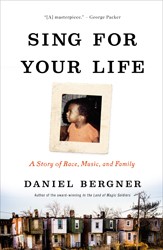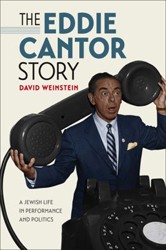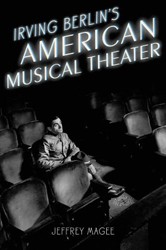If you’re a fan of folk rock musicians Paul Simon and Art Garfunkel, you will be delighted by this book. If you’re not familiar with their work, you will still admire the passion behind this account of two kids who refused to be discouraged from pursuing their dream, even when young Paul came to suspect that “nobody wants a Jewish Elvis.”
When Paul Met Artie: The Story of Simon & Garfunkel tells a timeless story of the conflicts between artistic gifts and commercial expectations, as well as the gap between cautious parents and ambitious children. The book ends as Simon & Garfunkel’s career is getting started, and “two boys / from Queens / dreaming about / the future” have begun to build a bridge over troubled water between their aspirations and their success.
Neri’s prose-poem chapters are introduced by song titles, and frame the story in a successful blend of imagery, rich and informative text, and rhythmic language. Opening each two-page spread feels like entering a scene in a movie, with David Litchfield’s soulful drawings of the two young artists placed in authentic New York City scenes. In “The Sound of Silence,” we see the two artists looking out from behind the doors of Manhattan’s iconic Brill Building, home to music publishers and aspiring musicians and writers. Simon and Garfunkel seem dwarfed by both the building’s height and the imposing barrier it represents: “the Mecca of music / the home of the hit makers / the birthplace of gold records.” In “My Little Town Thirty Years Earlier” Neri invokes the intensely Jewish atmosphere of the borough of Queens, where Shabbat dinners and Yiddish language are the backdrop for a younger generation consumed by baseball and rock and roll.
Neri and Litchfield choose to follow the Jewish thread throughout their inspiring story. The turning point of the bar mitzvah year, the conflict over keeping their very Jewish last names, and their parents’ expectations that they give up music and follow “respectable” careers, all refer to key aspects of their core identities. Of course, the talented boys had many other influences on their lives — the civil rights movement, doo-wop harmonies, the new medium of television, the folk music revival — and Neri weaves these into his poems. One of Litchfield’s illustrations combines six different blocks of images. The juxtaposition of the New York City skyline, a page from Simon’s notebook, a group of enthusiastic a cappella singers, and more, convey the intensity and richness of the era.
Further evidence of the author’s and illustrator’s commitment to their subjects is the thoughtful section at the end of the book including an afterword, discography, bibliography, and annotated list of “Musical Connections,” ending with a picture of Paul and Artie looking at one another in profile. It’s almost as if Neri and Litchfield were reluctant to part with the famous duo; you may feel the same way.
When Paul Met Artie is highly recommended for readers ages 9 and up, including much older fans of Simon & Garfunkel.
Emily Schneider writes about literature, feminism, and culture for Tablet, The Forward, The Horn Book, and other publications, and writes about children’s books on her blog. She has a Ph.D. in Romance Languages and Literatures.





